DSAW Pipe
Double Submerged Arc Welded (DSAW) pipes for reliable and strong construction.
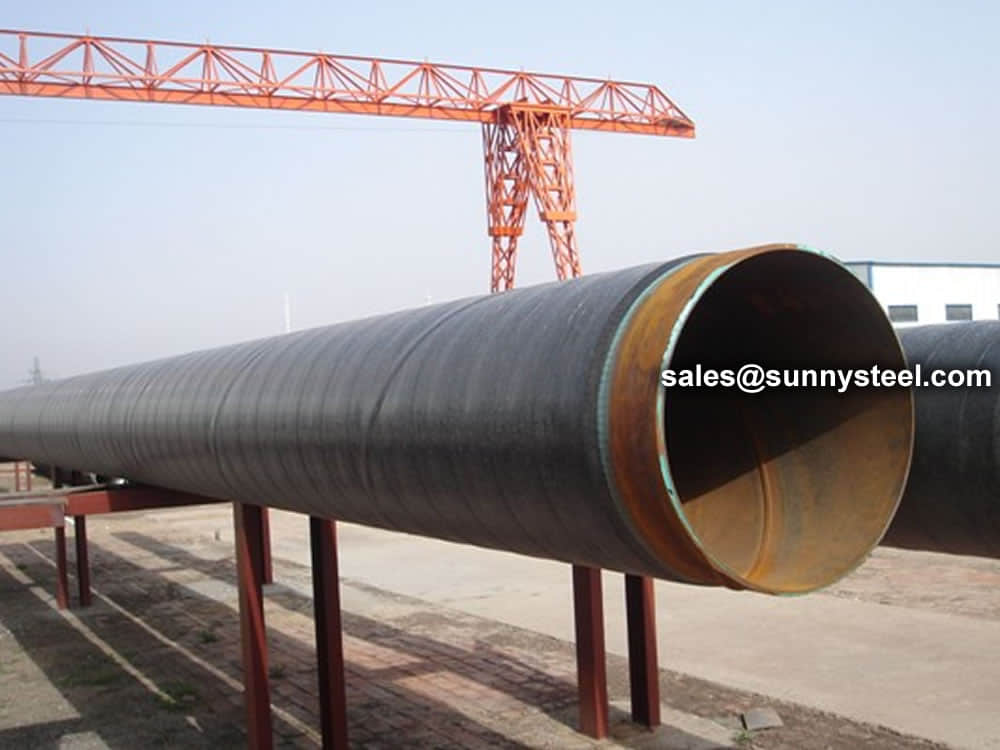
Double Submerged Arc Welded (DSAW) steel pipe is available in straight and spiral welded formats and used in a variety of applications.
DSAW pipe can be specified in very large diameter and to exact inside or outside dimensions. Spiral Welded steel pipe is distinguished by the manufacturing process that results in a spiral DSAW seam the length of the pipe to lengths of 155 feet.
The manufacturing of Double Submerged Arc Welded Pipe involves first forming steel plates into cylindrical shapes. Then the edges of the rolled plate are formed so that V-shaped grooves are formed on the interior and exterior surfaces at the location of the seam. The pipe seam would then be welded by a single pass of an arc welder on the interior and exterior surfaces. The welding arc is submerged under flux. What can be known as an advantage of this process is that welds would penetrate 100% of the pipe wall and produce a very strong bond of the pipe.

Spiral steel pipe is a spiral seam steel pipe made of strip steel coils as raw materials, often extruded and formed by automatic double-wire double-sided submerged arc welding.
(1) Raw materials are strip steel coils, welding wires, and fluxes. Strict physical and chemical tests are required before investment.
(2) Butt joint of strip steel head and tail, adopt single wire or double wire submerged arc welding, after coiling into steel pipe, adopt automatic submerged arc welding repair welding.
(3) Before forming, the strip undergoes leveling, edge trimming, edge planing, surface cleaning and conveying, and pre-bending treatment.
(4) The electric contact pressure gauge is used to control the pressure of the cylinders on both sides of the conveyor to ensure the smooth conveying of the strip.
(5) Adopt external control or internal control roll forming.
(6) The weld gap control device is used to ensure that the weld gap meets the welding requirements, and the pipe diameter, the amount of misalignment, and the weld gap are all strictly controlled.
(7) Both internal welding and external welding adopt the American Lincoln electric welding machine for single-wire or double-wire submerged arc welding to obtain stable welding specifications.
(8) The welded seams after welding are all inspected by an online continuous ultrasonic automatic flaw instrument, which guarantees 100% non-destructive testing coverage of spiral welds. If there is a defect, it will automatically alarm and spray the mark, and the production workers can adjust the process parameters at any time to eliminate the defect in time.
(9) Use an air plasma cutting machine to cut the steel pipe into individual pieces.
(10) After cutting into single steel pipes, the first three steel pipes of each batch shall be subject to a strict first inspection system to check the mechanical properties, chemical composition, fusion status of the welds, the surface quality of the steel pipes, and pass non-destructive inspections to ensure the pipe manufacturing process Only after it is qualified can it be officially put into production.
(11) The parts with continuous sonic flaw detection marks on the weld are re-examined by manual ultrasonic and X-ray. If there are defects, after repairing, they will go through non-destructive inspection again until the defects are confirmed.
(12) The pipes where the strip butt welds and the D-shaped joints intersecting the spiral welds are all inspected by X-ray television or filming.
(13) Each steel pipe undergoes a hydrostatic pressure test, and the pressure adopts a radial seal. The test pressure and time are strictly controlled by the steel pipe hydraulic microcomputer detection device. The test parameters are automatically printed and recorded.
(14) The pipe end is mechanically processed to accurately control the verticality, bevel angle, and obtuse edge of the end face.
Double submerged arc welded spiral steel pipe with its high pressure capacity, small resistance, low temperature resistance, corrosion resistance, easy installation and maintenance, etc., is more and more oil and gas, slurry transportation, urban construction and other industries welcome.
I. double submerged arc welding process, the plate deformation uniformly small, residual stress, surface does not produce scratches. Processing of pipe diameter and wall thickness of the pipe sizes range, greater flexibility, especially in the production of high-grade steel thick-walled steel pipe, large diameter thick wall pipe has the incomparable advantage of other technology, to meet the users in pipe size requirements;
Ⅱ. Presoldering outside welding (the fine welding) the process can be implemented in the best position welding, less prone to the wrong side of the welding partial and incomplete penetration defects such as welding quality, easy to control;
Ⅲ. Overall mechanical enlarged diameter, which can effectively improve the dimensional accuracy of a steel pipe, and improve the distribution state of the stresses in the steel pipe, thus avoiding the damage caused due to stress corrosion, is also conducive to the welded construction of the scene;
Ⅳ. 100% quality check on the steel, so that the whole process of pipe production are effective detection, monitored, to ensure the product quality of the SAW pipe;
Ⅴ. Entire production line equipment have networked with a computer data acquisition system to realize the real-time transmission of data, the quality of the technology in the production process parameters and quality indicators adopted by the central control room.
Double submerged arc welded straight seam steel pipe is a new welding method invented in 1940, it is the same place and the front of the manual welding it or slag protection, but this residue is not the electrode coating, but melting out welding flux.
Flux system consists of a funnel filled with flux transported through a pipeline to the front to be welded. The second difference is not electrode, wire, because the wire can be continuously sent to; electrode, we burn an electrode must have a welding rod head gave throw, and the operation is stopped, and then change electrode welding.
After the wire is changed, with a means to send the wire and the wire for rent, gave continuous welding wire, welding wire is continuously fed, covered with a granular flux can be melted under the ignition of the arc, the welding wire, base material and part of the melting and evaporation of the flux constitute a cavity arc inside the cavity stable combustion, it called submerged arc welding. The arc is buried in the cavity inside.

We supply DSAW Pipe to the folowing industries on a global scale:
Pipe is a high-strength steel, this first prefabricated section of pipe at the factory inside, and then get on the site, field welding, the welding process is the use of this pipeline in the factory to make a submerged arc welding, submerged arc welding has developed into a double wire submerged arc welding, as well as multi-wire submerged arc welding, to further improve the efficiency.
Our technical team can help you develop pipeline projects to meet your total system and budgetary needs. With our partners and affiliate companies, we can offer you integrated solutions ranging from simple production of dsaw pipe to total package quotations including id/od coating, double jointing, and transportation.
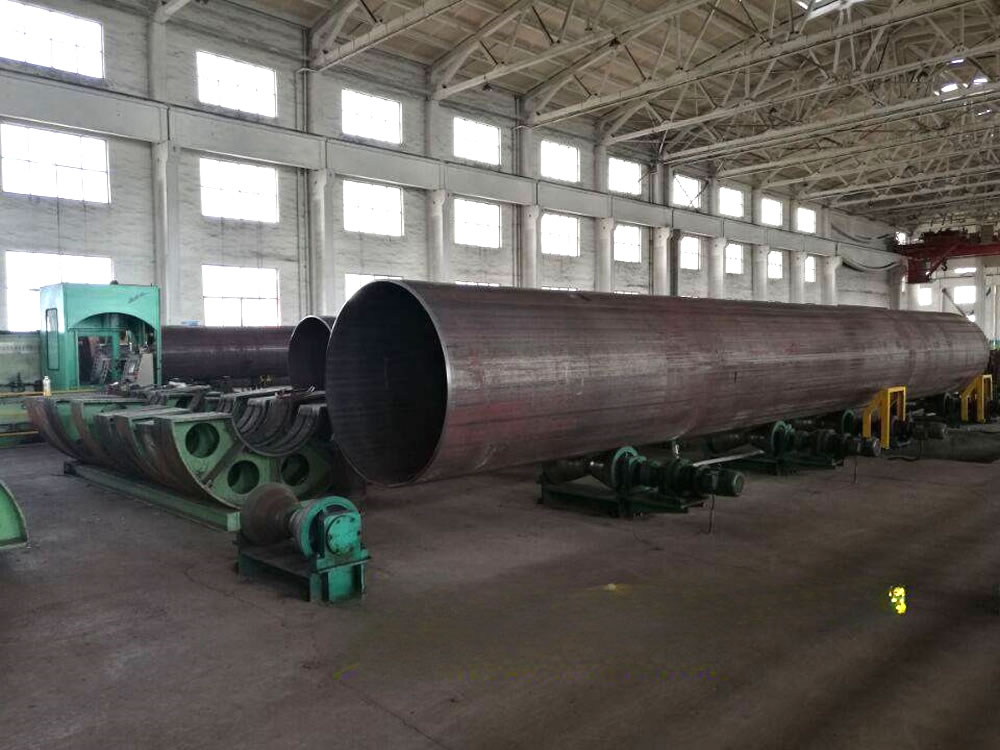
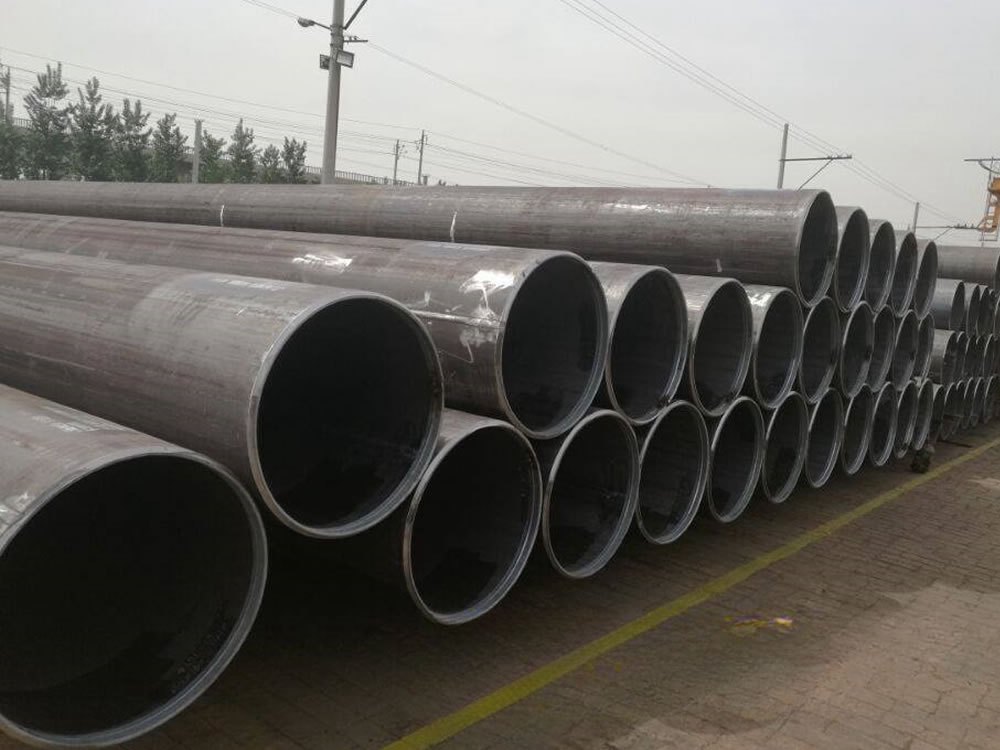
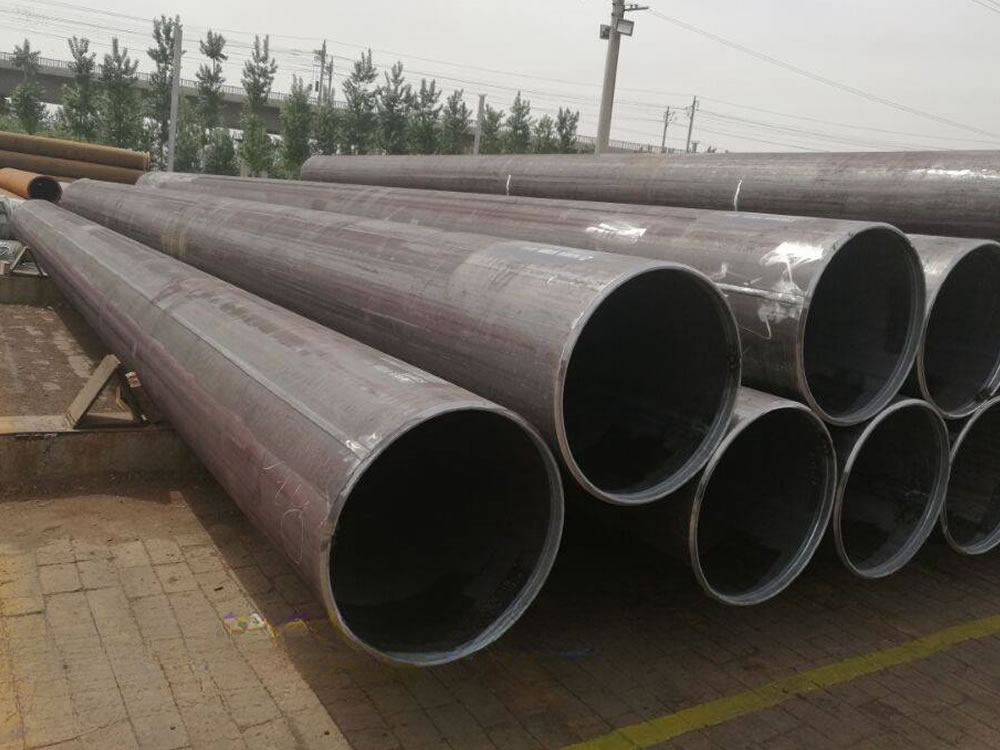
| Product Name | Executive Standard | Dimension (mm) | Steel Code / Steel Grade |
|---|---|---|---|
| Casting | API 5CT | Ø48.3~273 x WT2.77~11.43 | J55, K55, N80, L80 |
| Tubing | API 5CT | Ø48.3~273 x WT2.77~11.43 | J55, K55, N80, L80, H40 |
| Product Name | Executive Standard | Dimension (mm) | Steel Code / Steel Grade |
|---|---|---|---|
| Line Pipes | API 5L | Ø60.3~273.1 x WT2.77~12.7 | A25, A, B, X42, X46, X52, X56, X60, X65, X70, X80 |
| Product Name | Executive Standard | Dimension (mm) | Steel Code / Steel Grade |
|---|---|---|---|
| Electric-Resistance-Welded Steel Pipes | ASTM A135 | Ø42.2~114.3 x WT2.11~2.63 | A |
| Electric-Resistance-Welded Carbon Steel and Carbon-Manganese Steel Boiler and Superheater Tubes | ASTM A178 | 42.2-114.3 x 2.11-2.63 | A, C, D |
| ERW and Hot-dip Galvanized Steel Pipes | ASTM A53 | Ø21.3~273 x WT2.11~12.7 | A, B |
| Pipes for Piling Usage | ASTM A252 | Ø219.1~508 x WT3.6~12.7 | Gr.2, Gr.3 |
| Tubes for General Structural Purpose | ASTM A500 | Ø21.3~273 x WT2.11~12.7 | Gr.2, Gr.3 |
| Square Pipes for General Structural Purpose | ASTM A500 | 25 x 25~160 x 160 x WT1.2~8.0 | Carbon Steel |
| Product Name | Executive Standard | Dimension (mm) | Steel Code / Steel Grade |
|---|---|---|---|
| Threaded Steel Pipes | DIN 2440 | Ø21~164 x WT2.65~4.85 | Carbon Steel |
| Product Name | Executive Standard | Dimension (mm) | Steel Code / Steel Grade |
|---|---|---|---|
| Screwed and Socketed Steel Tubes | BS 1387 | Ø21.4~113.9 x WT2~3.6 | Carbon Steel |
| Scaffolding Pipes | EN 39 | Ø48.3 x WT3.2~4 | Carbon Steel |
| Product Name | Executive Standard | Dimension (mm) | Steel Code / Steel Grade |
|---|---|---|---|
| Carbon Steel Tubes for General Structure Purpose | JIS G3444 | Ø21.7~216.3 x WT2.0~6.0 | Carbon Steel |
| Carbon Steel Tubes for Machine Structure Purpose | JIS G3445 | Ø15~76 x WT0.7~3.0 | STKM11A, STKM13A |
| Carbon Steel Pipes for Ordinary Piping | JIS G3452 | Ø21.9~216.3 x WT2.8~5.8 | Carbon Steel |
| Carbon Steel Pipes for Pressure Service | JIS G3454 | Ø21.7~216.3 x WT2.8~7.1 | Carbon Steel |
| Carbon Steel Rigid Steel Conduits | JIS G8305 | Ø21~113.4 x WT1.2~3.5 | G16~G104, C19~C75, E19~E75 |
| Carbon Steel Rectangular Pipes for General Structure | JIS G3466 | 16 x 16~150 x 150 x WT0.7~6 | Carbon Steel |
Pipeline coating is the most consistent and successful solution for protecting ERW pipes from corrosion, from moisture, other harmful chemicals.
Anti-corrosion steel pipe is processed through the preservation process, which can effectively prevent or slow down the process in the transport and use of chemical or electrochemical corrosion reaction of steel pipe.
Therefore pipe anti-corrosion layer is an important barrier to prevent soil erosion. A well-known foreign scholar put forward” 3PE france protective layer”, so far, anti-corrosion methods is widely used.
Coated pipes offer high resistance to corrosion on pipes and provide many benefits such as:
The basic principles of urban gas pipeline coating selection:
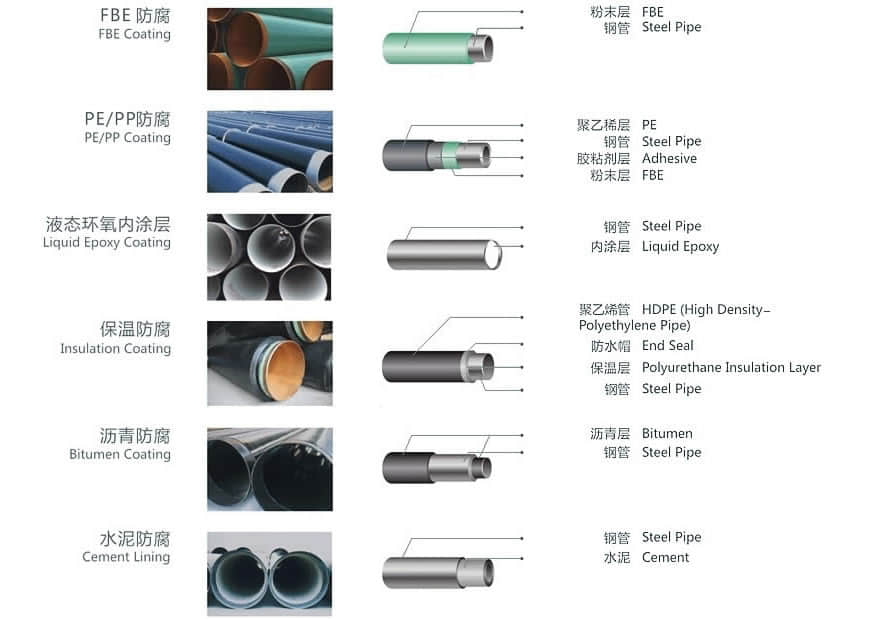
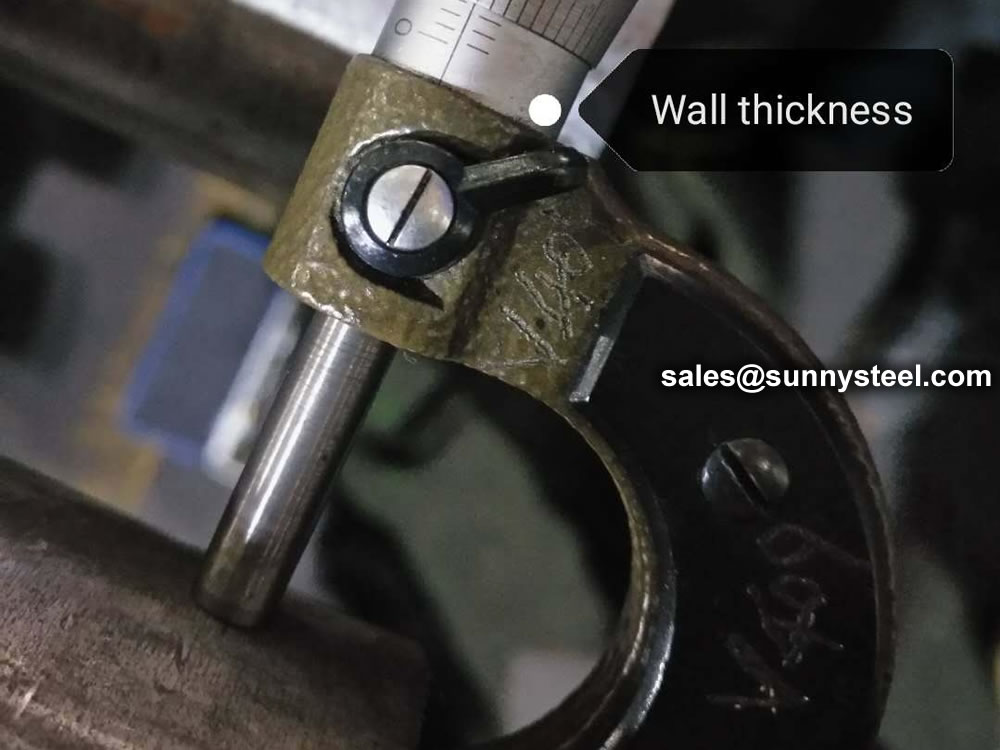
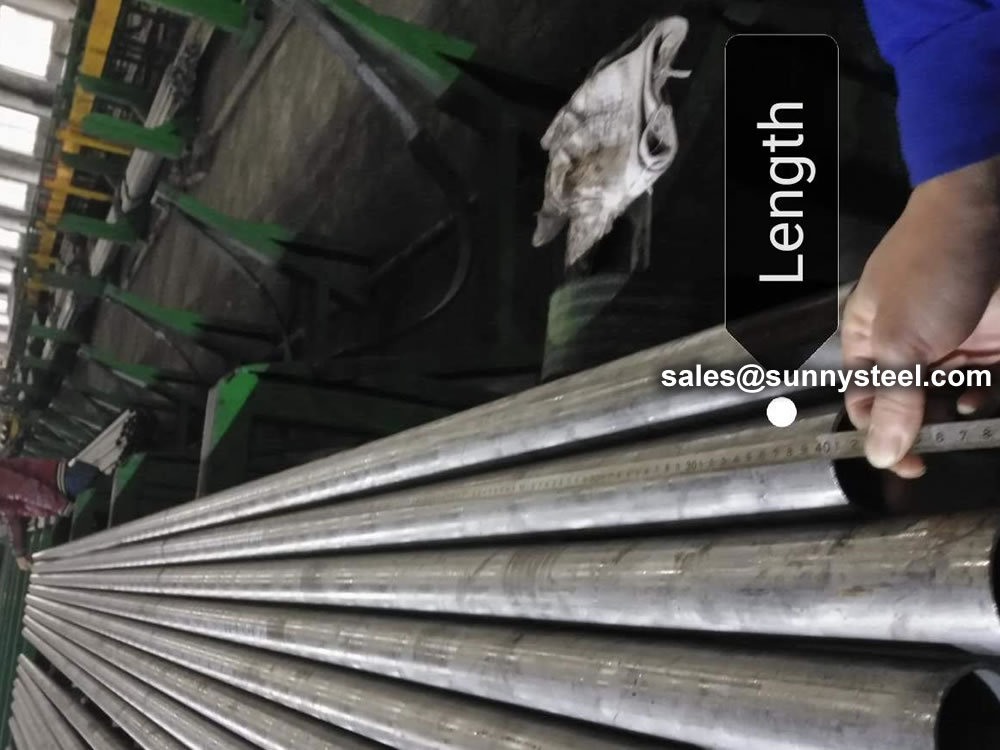

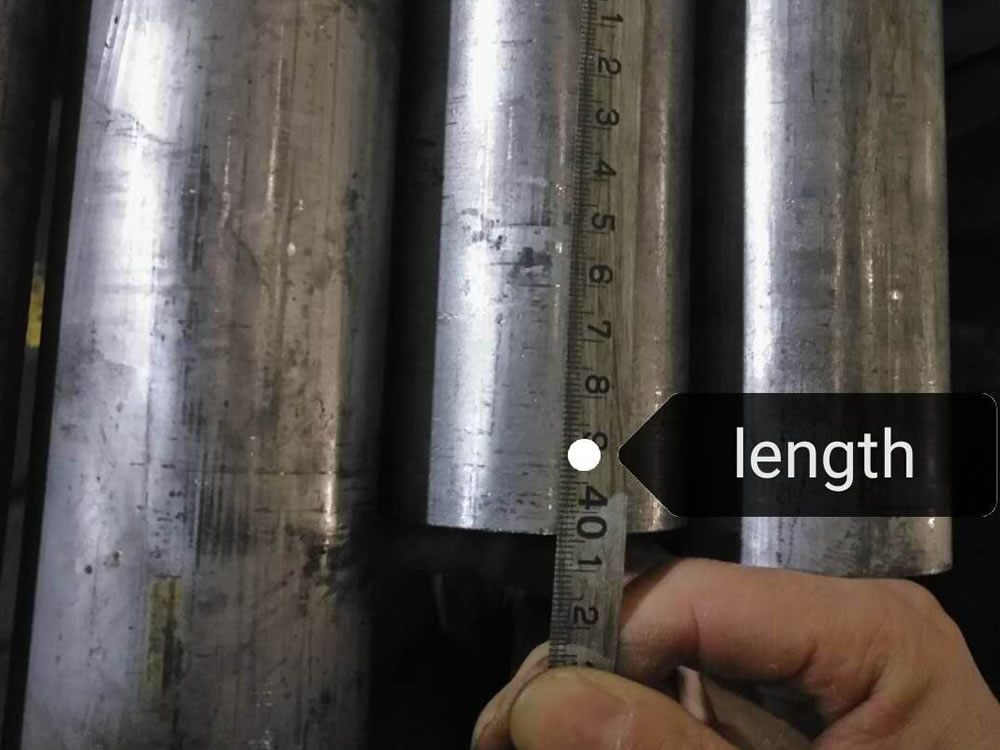



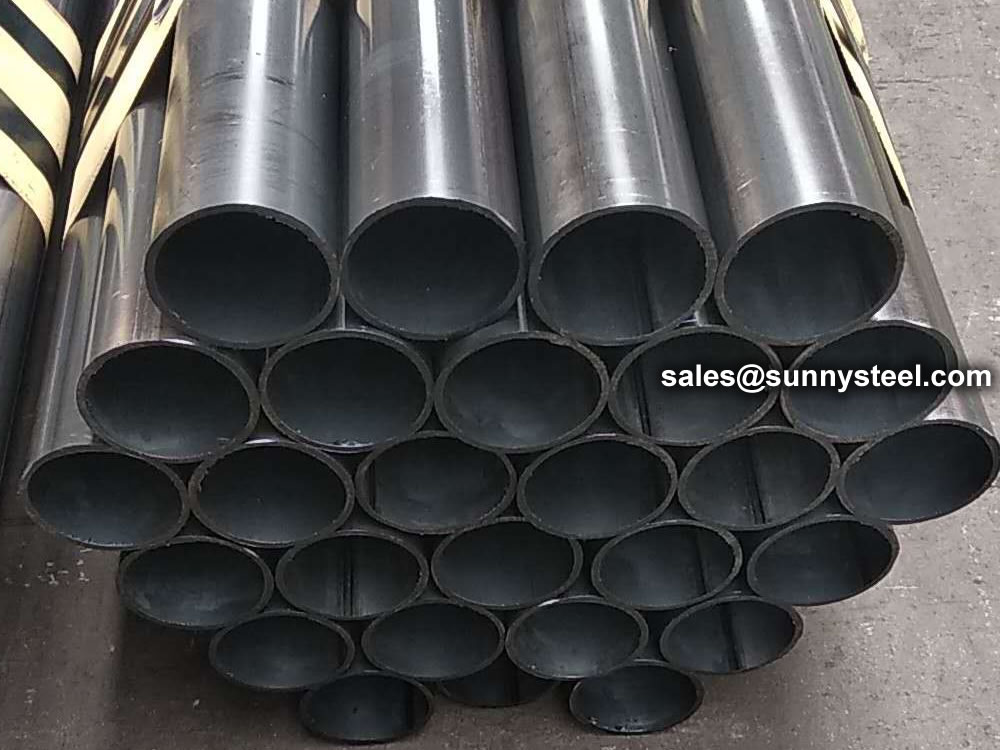
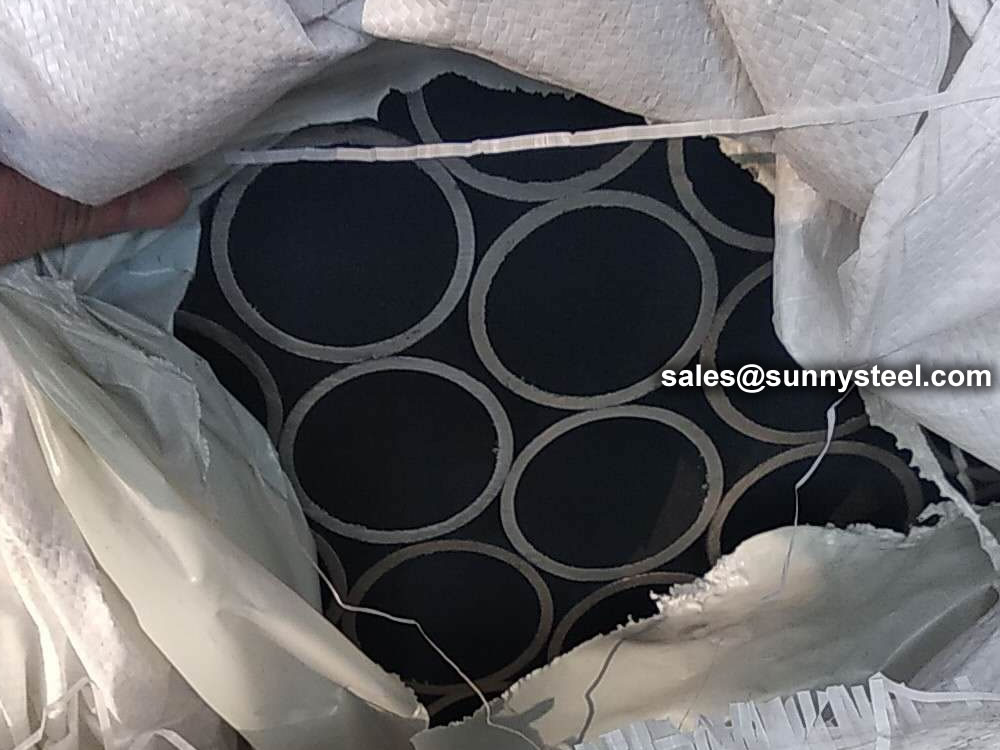
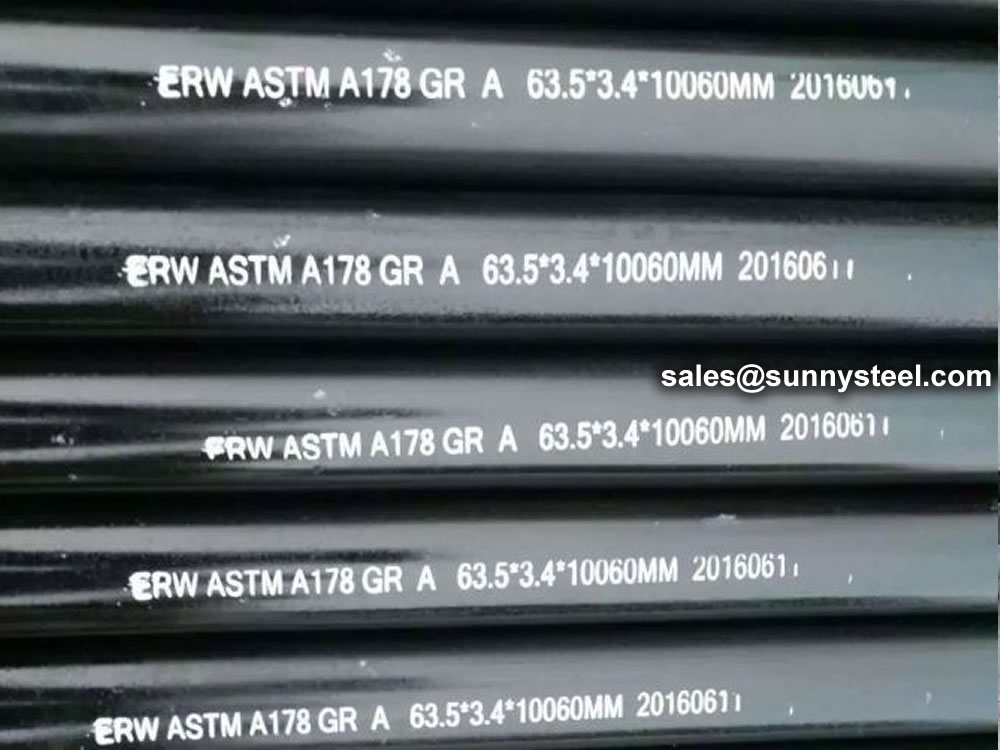
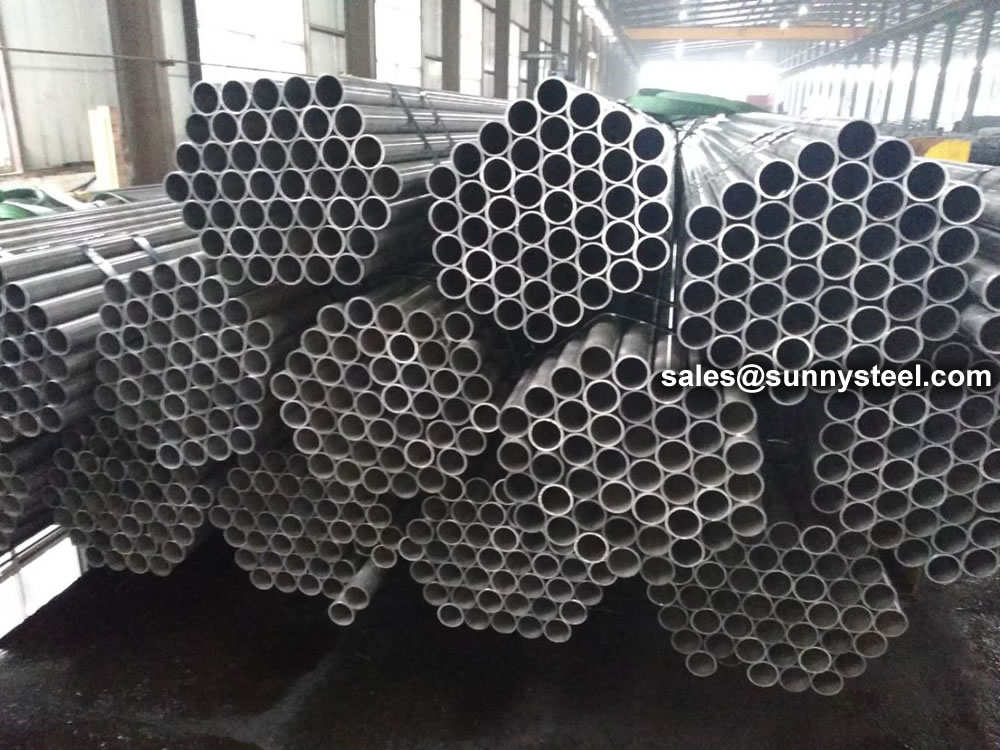
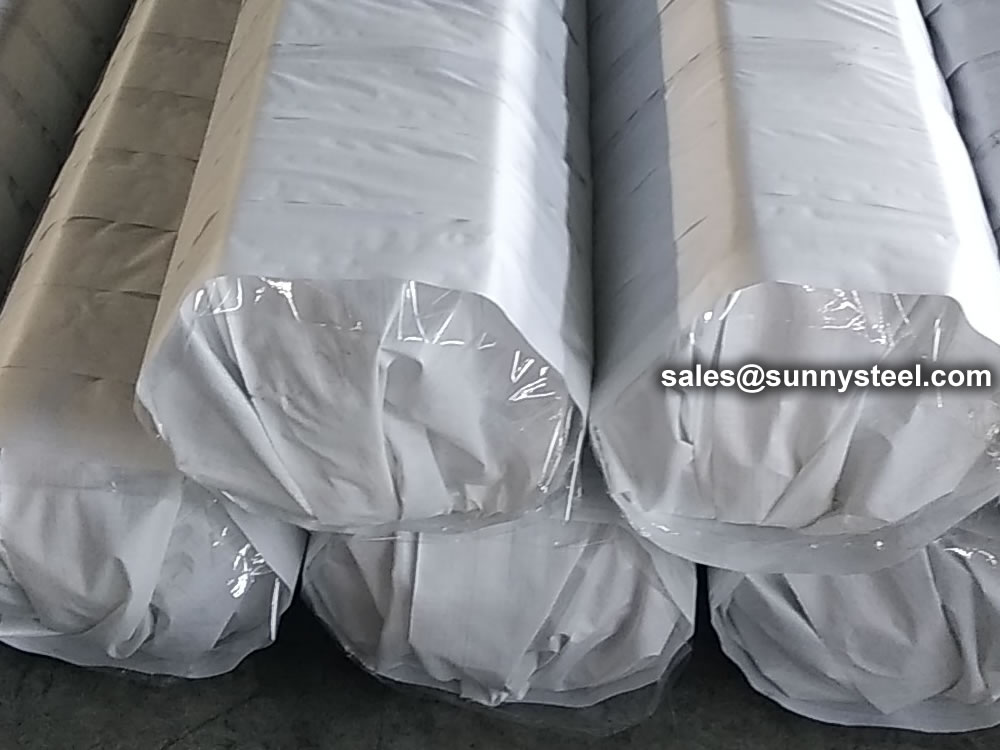
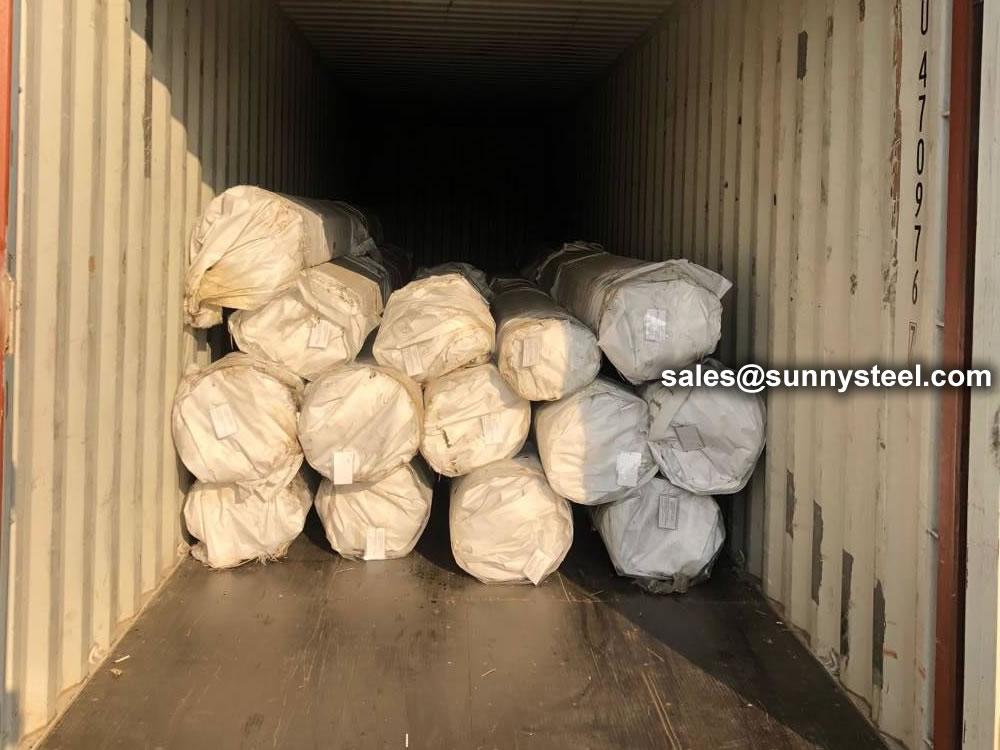
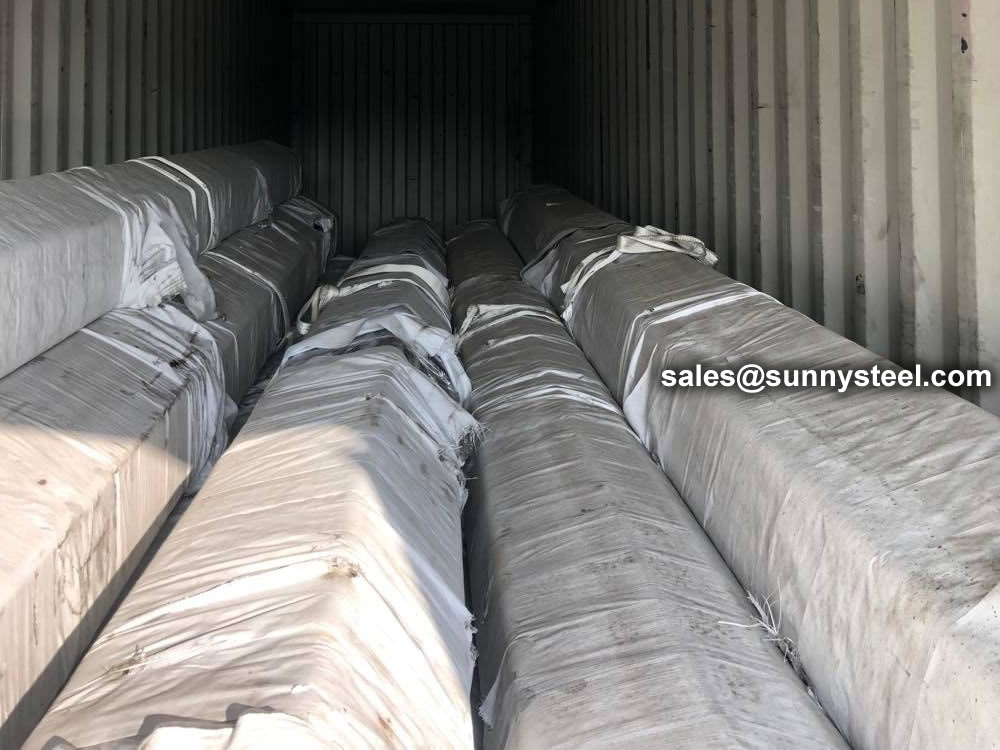

The alloy content of the coil is often lower than similar grades of steel plate, improving the weldability of the spiral welded pipe. Due to the rolling direction of spiral welded pipe coil is not perpendicular to the pipe axis direction, the crack resistance of the spiral welded pipe materials.
Welded steel pipe refers to a steel pipe with seams on the surface that is welded by bending and deforming a steel strip or steel plate into a circular, square or other shape. The blanks used for welded steel pipes are steel sheets or strips.
Since the 1930s, with the rapid development of continuous rolling production of high-quality strip steel and the advancement of welding and inspection technology, the quality of welds has been continuously improved, and the varieties and specifications of welded steel pipes have been increasing.
When the T-shaped welded steel pipe contains Ni, it has strong corrosion resistance in an acidic environment. In an environment containing sulfuric acid or hydrochloric acid, the higher the Ni content in the T-shaped welded steel pipe, the stronger the corrosion resistance. Under normal circumstances, only adding Cr to the T-shaped welded steel pipe can prevent the phenomenon of corrosion. The poor edge condition of the strip is another important cause of misalignment. The effects of changes in mass flow, heat flow density and structural parameters (ratio of helical curvature diameter to T-shaped welded steel pipe diameter Dc/D) on the heat transfer coefficient of saturated bubble boiling in vertical spiral pipes.
During the production of T-shaped welded steel pipes, misalignment occurs from time to time, and there are many influencing factors. In production practice, the steel pipe is often degraded by the wrong side and out of tolerance. Therefore, it is necessary to analyze the reasons for the misalignment of the spiral steel pipe and its preventive measures.
Due to the poor shape and dimensional accuracy of the head and tail of the uncut steel strip, it is easy to cause the steel strip to bend hard and cause misalignment during butt joint. Simulation parameter range: vertical pipe: pipe diameter D=10mm, pipe length L=660mm; three types of vertical T-shaped welded steel pipe: pipe diameter D=10mm, the change of the ratio of the curvature diameter of the T-shaped welded steel pipe to the spiral pipe diameter is Dc /D=15, 20, 25, helical pitch Pt=20mm, tube lengths are L=503mm, L=660mm, L=817mm respectively. Mass flow G=200~400Kg/(m'2 s), heat flux density q=5~15KW/m'2, saturation pressure p, saturation=0.414880MPa, saturation temperature T, saturation=283.15K.
The technical requirements and inspection of welded pipes are based on the provisions of the GB3092 "Welded Steel Pipes for Low-Pressure Fluid Transmission". It can be delivered according to fixed length or double length. The surface of the steel pipe should be smooth, and defects such as folds, cracks, delamination, and lap welding are not allowed. The surface of the steel pipe is allowed to have minor defects such as scratches, scratches, weld misalignment, burns and scars that do not exceed the negative deviation of the wall thickness. The thickening of the wall thickness and the presence of inner seam weld bars are allowed at the weld.
Welded steel pipes should be subjected to mechanical performance test, flattening test and flaring test, and must meet the requirements of the standard. When the steel pipe should be able to withstand the internal pressure, carry out a pressure test of 2.5Mpa, and keep it for one minute without leakage. The method of eddy current flaw detection is allowed to replace the hydrostatic test. The eddy current flaw detection is carried out according to the standard of GB7735 "Steel tube eddy current flaw detection inspection method". The eddy current flaw detection method is to fix the probe on the frame, keep a distance of 3~5mm between the flaw detection and the weld seam, and conduct a comprehensive scan of the weld seam by the rapid movement of the steel pipe. The flaw detection signal is automatically processed and sorted by the eddy current flaw detector. To achieve the purpose of flaw detection. The welded pipe after the flaw detection is cut off according to the specified length with a flying saw, and it is rolled off the assembly line through the turning frame. Both ends of the steel pipe should be chamfered with flat ends, printed with marks, and the finished pipes are packed in hexagonal bundles before leaving the factory.
Straight seam steel pipe is a steel pipe whose weld seam is parallel to the longitudinal direction of the steel pipe. Generally, its strength is higher than that of straight seam welded pipe. Narrower billets can be used to produce welded pipes with larger diameters, and the same width of billets can be used to produce welded pipes with different pipe diameters. But compared with the straight seam pipe of the same length, the weld length is increased by 30~100%, and the production speed is lower. So what are its processing methods?
The surface quenching and tempering heat treatment of straight seam welded pipe is usually carried out by induction heating or flame heating. The main technical parameters are surface hardness, local hardness and effective hardened layer depth. Vickers hardness tester can be used for hardness testing, and Rockwell or superficial Rockwell hardness tester can also be used. When the surface heat treatment hardened layer is thick, the Rockwell hardness tester can also be used. When the thickness of the heat-treated hardened layer is 0.4-0.8mm, the HRA scale can be used, and when the thickness of the hardened layer exceeds 0.8mm, the HRC scale can be used.
If the parts require high local hardness, local quenching heat treatment can be carried out by means of induction heating. Such longitudinal welded pipes usually need to mark the location of local quenching heat treatment and local hardness value on the drawing. Hardness testing of longitudinally welded pipes shall be carried out in the area. The hardness testing instrument can use a Rockwell hardness tester to test the HRC hardness value. If the heat-treated hardened layer is shallow, a surface Rockwell hardness tester can be used to test the HRN hardness value.
The three hardness values of Vickers, Rockwell and Superficial Rockwell can be easily converted to each other and converted into hardness values required by standards, drawings or users. The corresponding conversion tables are given in the international standard ISO, the American standard ASTM and the Chinese standard GB/T.
